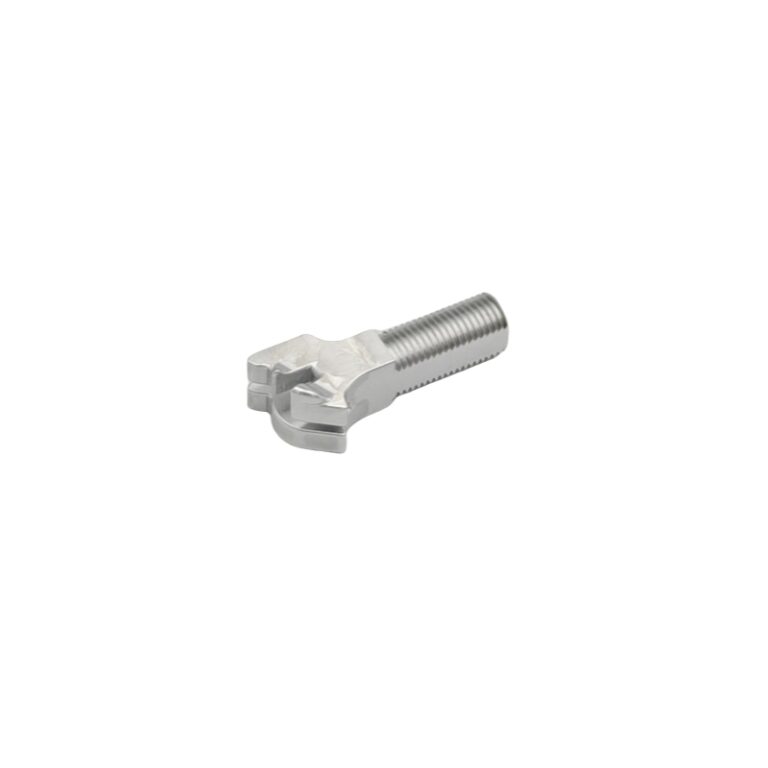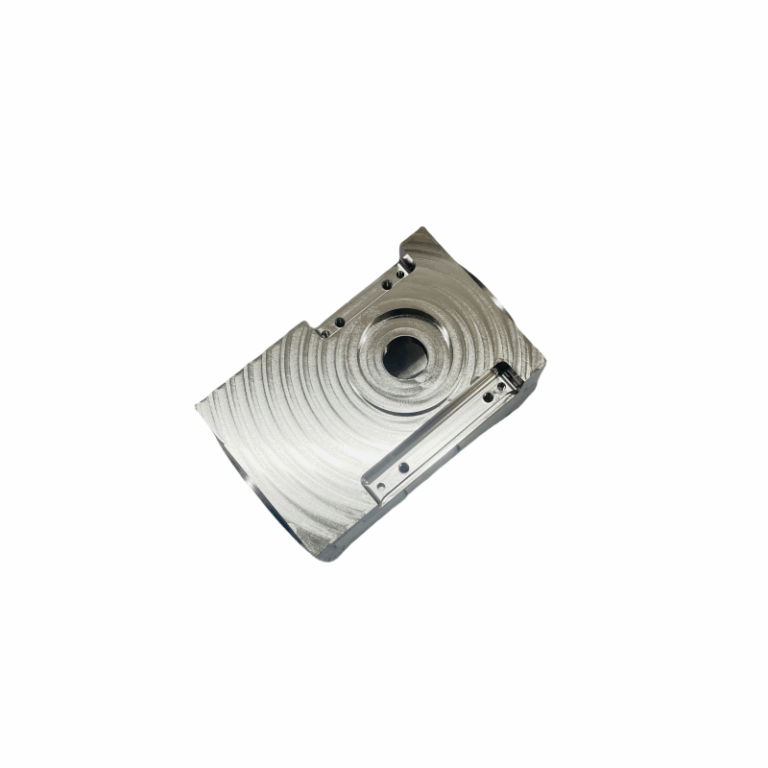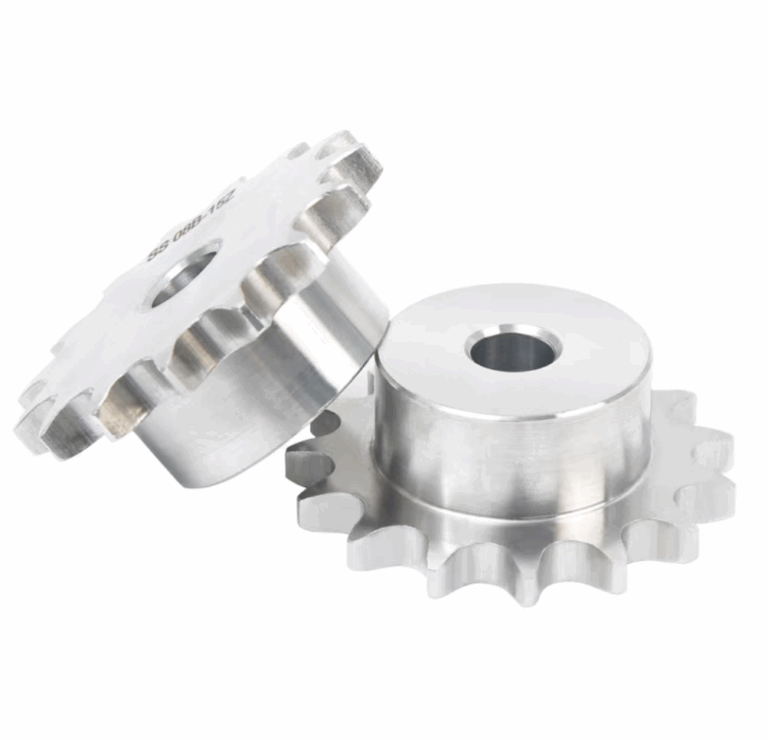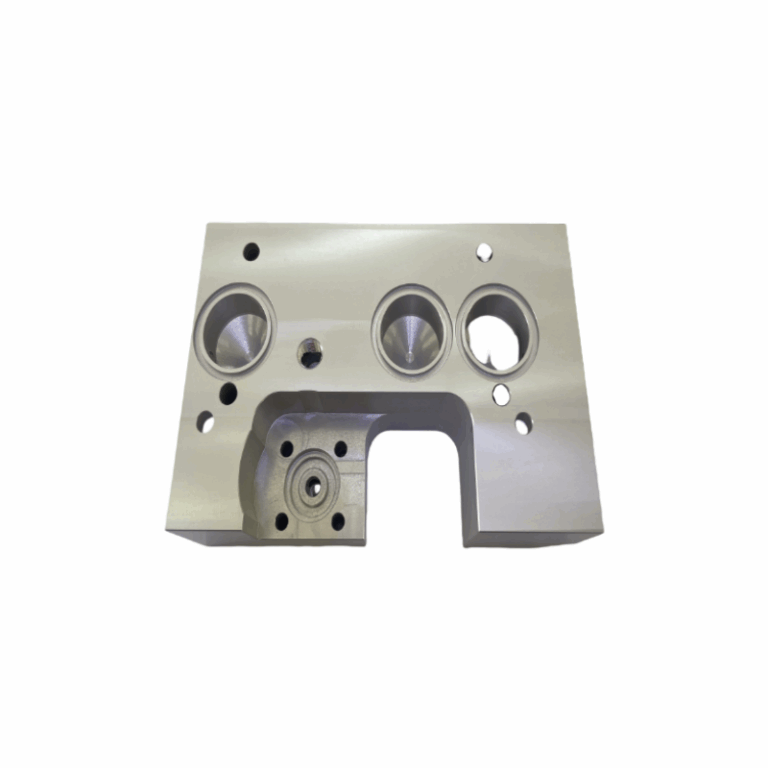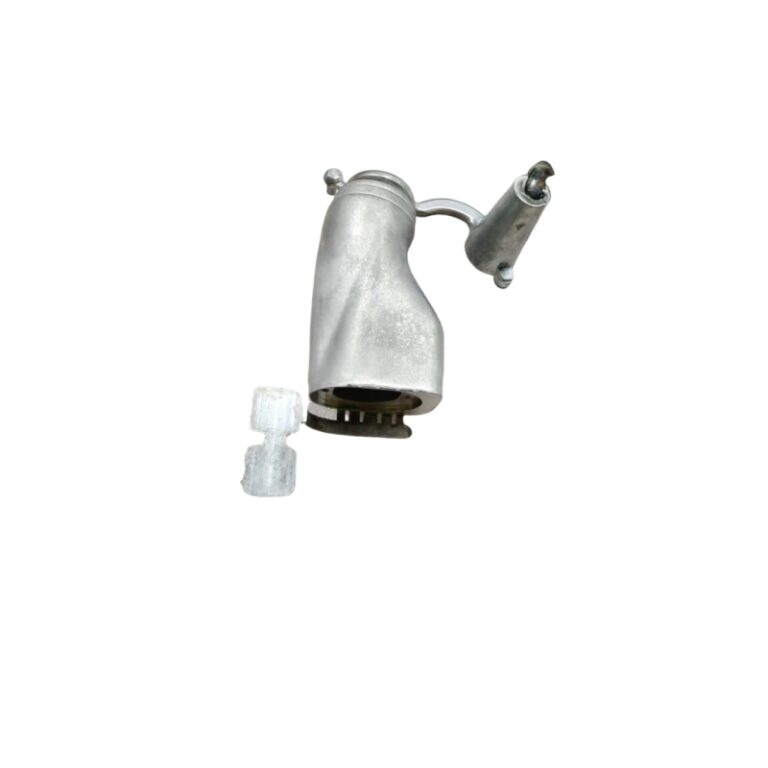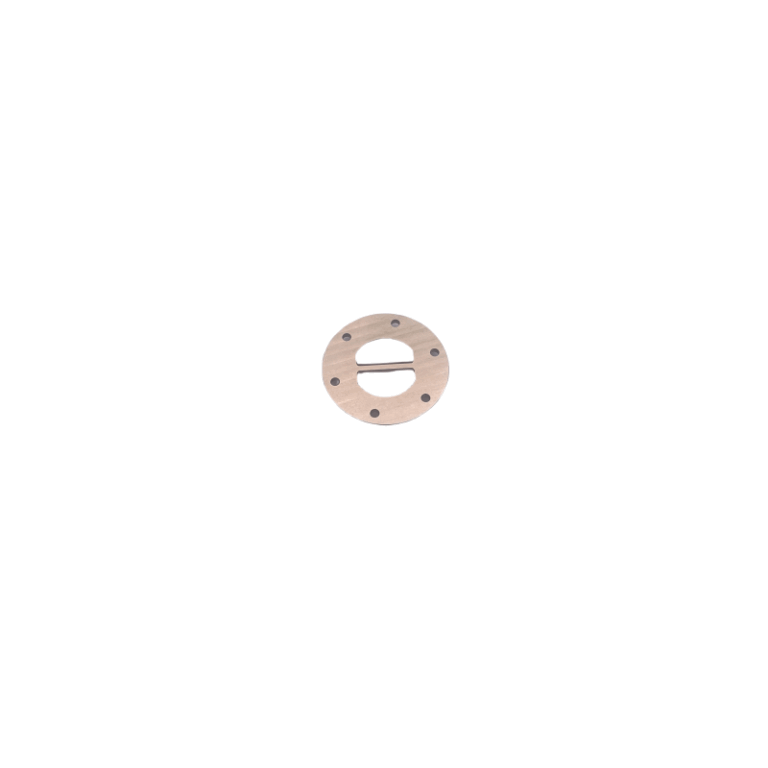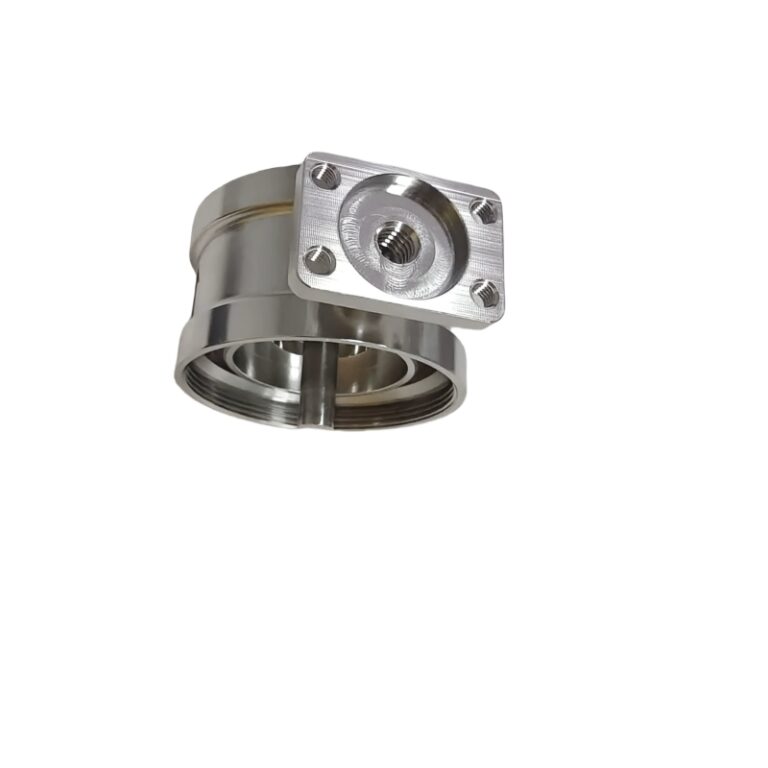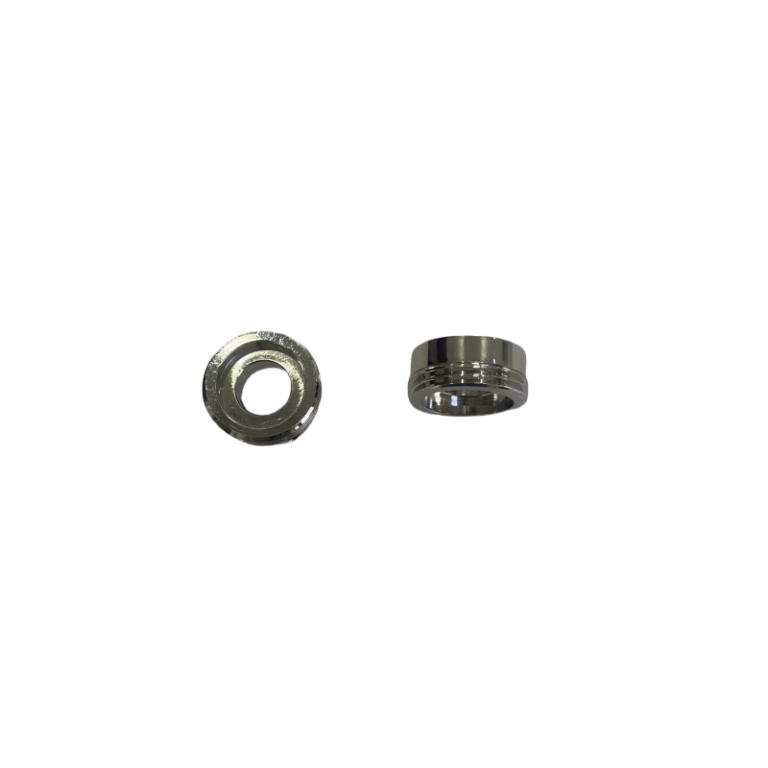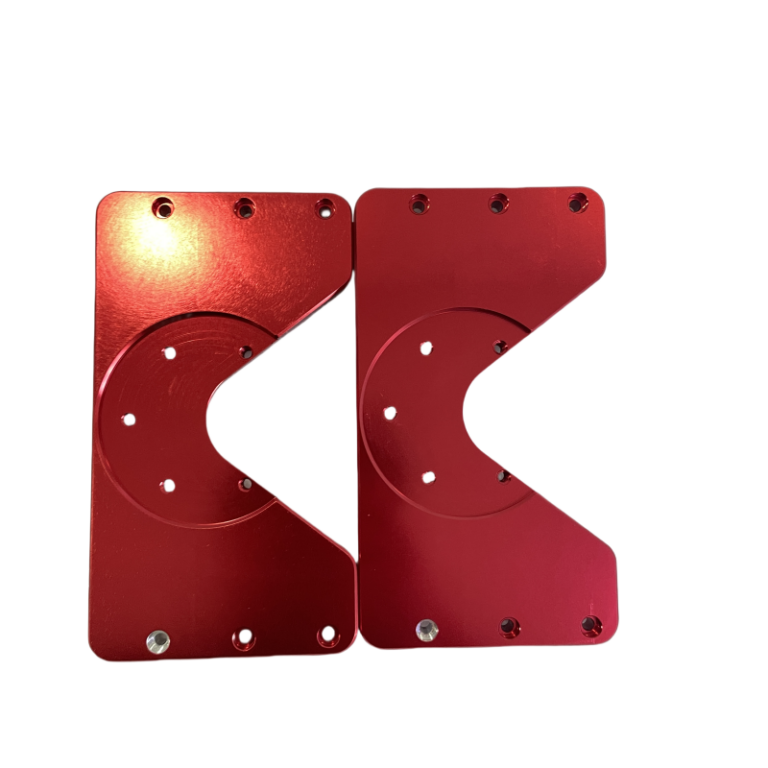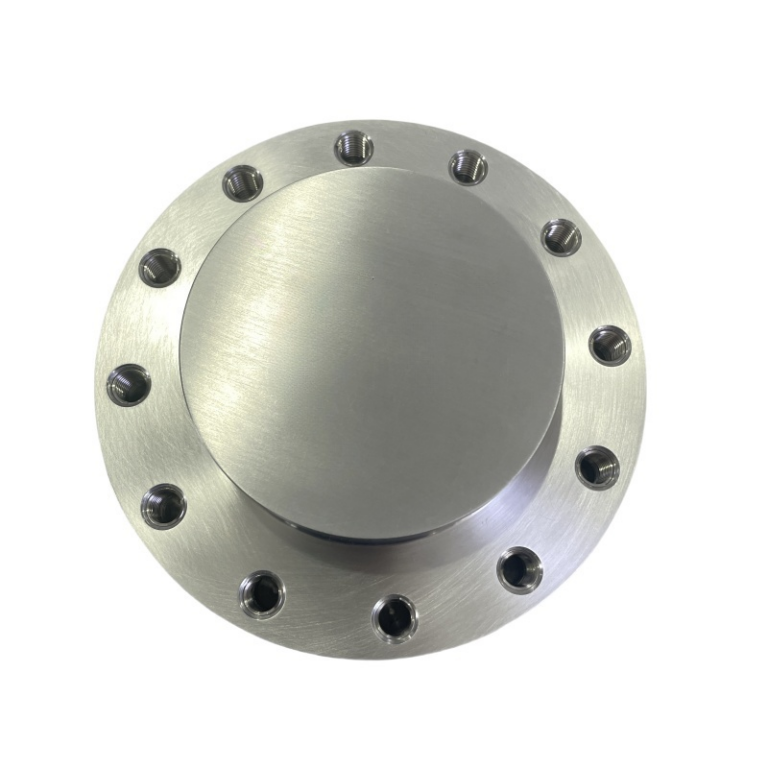In the long river of human civilization, metal has always played an irreplaceable role. When the ancient Egyptians first used natural copper to build tools in 6000 BC, Chinese craftsmen in the Shang and Zhou dynasties pushed bronze to the pinnacle of art; every evolution of metals has changed human technology. In the modern industrial system, the seemingly similar pairs of metals, Brass and Copper, are continuing to perform their respective roles. Together, they support countless fields such as power systems, building structures, ship applications, and artistic creation, but they also draw a clear dividing line in the micro world. This article will introduce in detail the definition, categories, differences, and application of “metal twins”.

The Basic Definition and Categories of Brass
Ordinary Brass
Definition and composition: It is composed of copper (60%-95%) and zinc (5%-40%) and contains no other alloying elements.
There are three types of ordinary brass:
- α brass (zinc <35%): Single-phase solid solution, excellent plasticity, suitable for cold processing (such as H90, H65)
- α+β biphasic brass (36%-46%): Higher strength and wear resistance, and needs to be heat-processed to avoid medium temperature brittleness (such as H62, H59)
- β-brass (zinc>46%): High hardness but high brittleness, mostly used for casting or soldering
Typical grades and uses
H96, H90: High conductivity, used for radiators and condensers
H68, H65: High plasticity, used for shells and deep-drawing parts (such as radiator shells)
H62: Excellent comprehensive performance, used for rivets, valves, etc.
Special Brass
Improve specific properties by adding elements such as lead, tin, aluminum, etc., and are divided into the following types:
- Lead brass
- Ingredients: Add 1%-3% lead to improve cutting performance significantly
- Typical grade: HPb59-1 (C36000) easy to cut, used for gears and screws
- Application: Precision parts (such as watch components), bearings
- Tin brass
- Ingredients: Containing 0.5%-1% tin, it enhances resistance to seawater corrosion
- Typical grade: HSn70-1, it is widely used in ship condensation pipes, and Marine equipment parts
- Features: Resistant to dezincification corrosion, suitable for the high salt environment
- Aluminum brass
- Ingredients: Containing 2%-6% aluminum, it enhances strength and corrosion resistance
- Typical grade: HAl77-2. It is usually used in seawater pumps, cooling system components, and propeller accessories
- Features: Impact corrosion resistance, but attention should be paid to the risk of dezincification
- Manganese brass
- Ingredients: Add 1%-4% manganese to optimize high-temperature performance
- Typical grade: HMn58-2,It is usually used for corrosion-resistant structural components and industrial parts with weak current
- Features: Resistant to superheated steam and chloride corrosion
- Silicon brass
- Ingredients: Add 1%-3% silicon to enhance casting fluidity
- Typical grade: HSi80-3, it is used for shipping parts and water pipe accessories
- Features: Easy to weld, good cutting
- Nickel brass
- Ingredients: Add 5%-10% nickel to improve corrosion resistance and friction reduction
- Typical grade: HNi65-5, used for pressure gauge tubes and paper-making nets
- Features: Good processing performance, electrical and thermal conductivity, but the cost is high
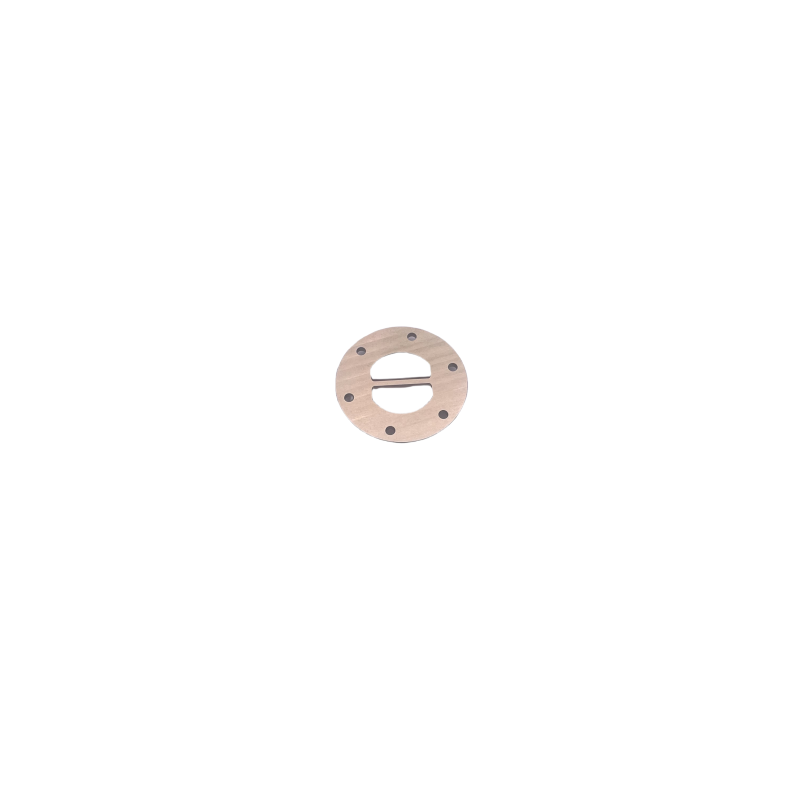
The Basic Definition and Categories of Copper
- Ordinary pure copper
- Definition: Purity ≥5%, contains a small number of impurities (such as oxygen, sulfur, lead, etc.), has a high oxygen content (0.02%-0.1%), has excellent electrical and thermal conductivity, but is easily affected by hydrogen embrittlement.
- Brands:T1, T2, T3, T4 For example, T1 has the highest purity (99.95%) and T4 has the lowest purity (99.5%)
- Application: Mainly used for conductive thermal components, such as wires, busbars, heat exchangers, etc., but not suitable for reducing environments (prone to hydrogen embrittlement)
- Deoxycopper
- Definition: Remove oxygen residue by adding deoxidants (such as phosphorus and manganese), with an oxygen content of ≤01%, but the deoxidant will reduce conductivity.
- Grades: TP1 and TP2, such as TP1 containing 0.004%-0.012% phosphorus, have a relatively high conductivity of approximately 90% IACS.
- Application: Suitable for structural materials, such as water tanks, pipe accessories, etc., to avoid use in high-temperature environments.
- Anaerobic copper
- Definition: The oxygen content is extremely low (≤003%), with very few impurities, and the conductivity is close to the theoretical value (100% IACS).
- Grades:TU0, TU1, TU2 (Their purity is 99.999%, 99.99%, 99.95% respectively).
- Application: Electric vacuum devices, superconducting materials, precision instrument wires, etc. to avoid hydrogen embrittlement problems.
- Special copper
Definition: Improve performance by adding trace amounts of specific elements, such as corrosion resistance, strength, or machinability.
Common types:
- Silver-copper: Add 0.03%-0.1% silver to increase the anti-softening temperature and be used for high-temperature conductors
- Tellurium copper: Contains 0.15%-0.5% tellurium, which has high conductivity and easy cutting, suitable for precision electronic components.
- Arsenic copper: With an arsenic content of 0.2%-0.5%, it enhances corrosion resistance and is used in condenser tubes.
- Dispersive reinforced copper: Strengthened by alumina particles, used for high-strength conductive components (such as resistance welding electrodes)
The Difference Between Brass and Copper
| Compare | Brass | Copper |
| Main Ingredients | Copper (60%-95%) + zinc (5%-45%), may add lead, tin, and other elements | Copper content ≥99.5%, containing trace oxygen, sulfur, and other impurities |
| Color | Golden yellow or yellow-green with bright surface gloss | Purplish red or reddish-orange with a coppery green surface after oxidation |
| Electrical Conductivity
|
Electrical conductivity of about 28%-45% of pure copper | Best electrical conductivity (second only to silver) |
| Strength and Hardness | High hardness, medium, and high strength | Soft and extremely malleable, low strength |
| Corrosion Resistance | Generally resistant to corrosion (suitable for wet environments), but dezincification corrosion may occur | Atmospheric corrosion resistance, oxide film to protect the interior; an Acidic environment is easy to corrode |
| Melting Point | 900-940°C | 1083°C |
| Density | 8.4-8.93 g/cm³ | 8.96 g/cm³ |
| Processability | Easy forging, stamping, casting, suitable for cold/hot processing | Excellent ductility, easy to draw, roll, but low strength, needs strengthening treatment |
| Thermal Conductivity | Good | Excellent |
| Typical Application Field | Valves, water pipes, ornaments, trumpet instruments, hardware | Wire and cable, electronic components, radiators, architectural decoration, artwork |

Applications of Brass and Copper
When to choose brass?
- Decoration and architecture: The golden appearance is suitable for door and window accessories and sculptures
- Mechanical parts: Valves, pipeline accessories, shells (alloy 260), etc., which need to take into account both strength and wear resistance.
- Corrosion-resistant environment: Tin brass (naval brass) is used for ship propellers, and aluminum brass is used for seawater condensers
When to choose copper?
- Electrical engineering: Wires and cables, motor windings, superconducting coils (high-purity oxygen-free copper)
- Thermal conduction equipment: Radiator, heat exchanger
- Art casting: Bronze sculptures, roof decoration (oxidized patina has aesthetic value)
CNC Precision Machining Brass and Copper Parts at DMTC
DMTC is a leading supplier of precision machining services for brass and copper components. We provide a wide range of service capabilities to meet the most stringent requirements, including CNC turning, milling, grinding, EDM, sheet metal fabrication, prototyping, surface treatment, etc. Our technicians have more than ten years of experience in CNC machining and manufacturing, and we are ready to cooperate with you.
Our company specializes in the production of CNC machining parts. We use automatic lathes to process a wide range of materials, including brass, copper, aluminum, stainless steel, and other metals. We can also customize various products. Contact us(sherry.guo@szdmtc.com)now to start our cooperation.
FAQ
Which conducts electricity better, brass or copper?
Copper is more conductive than brass, and the electrical conductivity of brass is about 28% to 45% of copper.
Which one is better corrosion-resistant, brass or copper?
In ordinary atmospheres, copper is more corrosion-resistant than brass, but in complex environments such as seawater, brass is stronger than copper.
Which is better in workability, brass or copper?
Brass intensity is higher than copper, so is more suitable for machining.
Is lead in brass safe?
Unsafe, traditional brass contains 2% lead, but lead may precipitate in contaminated drinking water (such as water pipes). Choose lead-free brass (such as alloy C69300) or surface plating isolation.
How to deal with brass discoloration?
Brass darkens by oxidation and vulcanization in atmospheric environments. Wipe it regularly with citric acid or special copper detergent to avoid strong acid corrosion.
How to solve the problem of copper’s easy deformation?
Annealing treatment improves ductility or adds trace alloy elements (such as tellurium) to enhance hardness.

